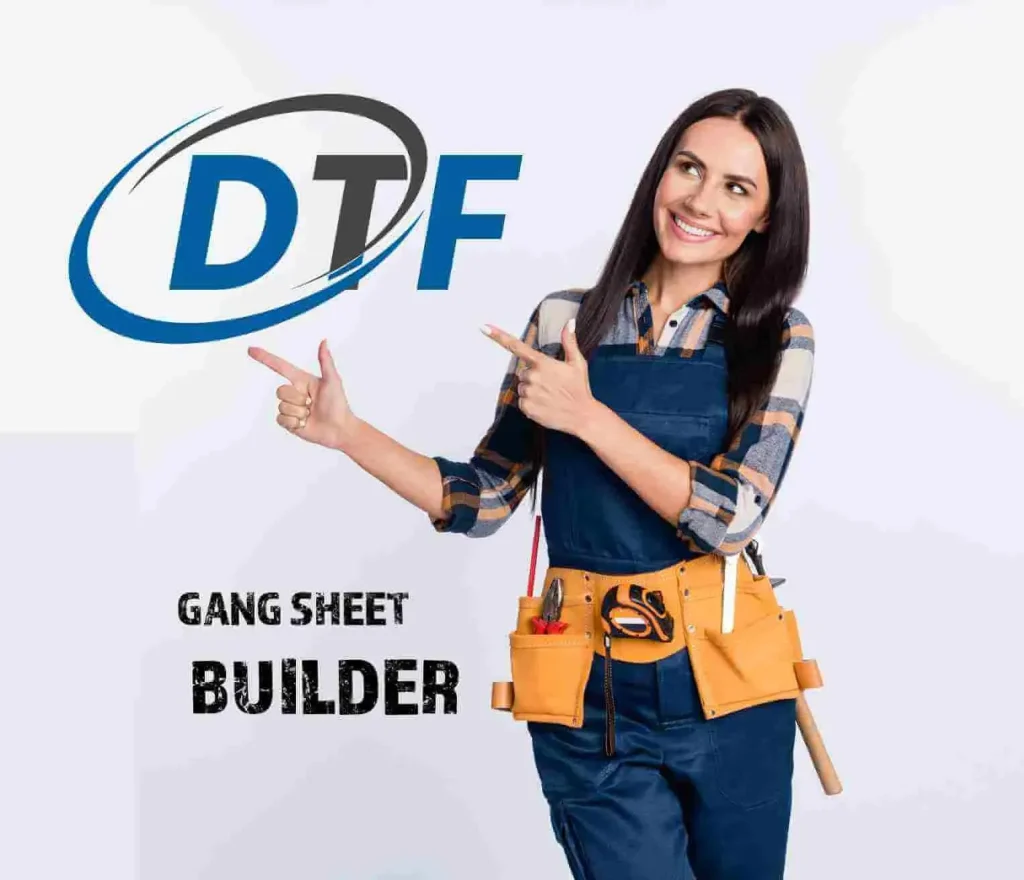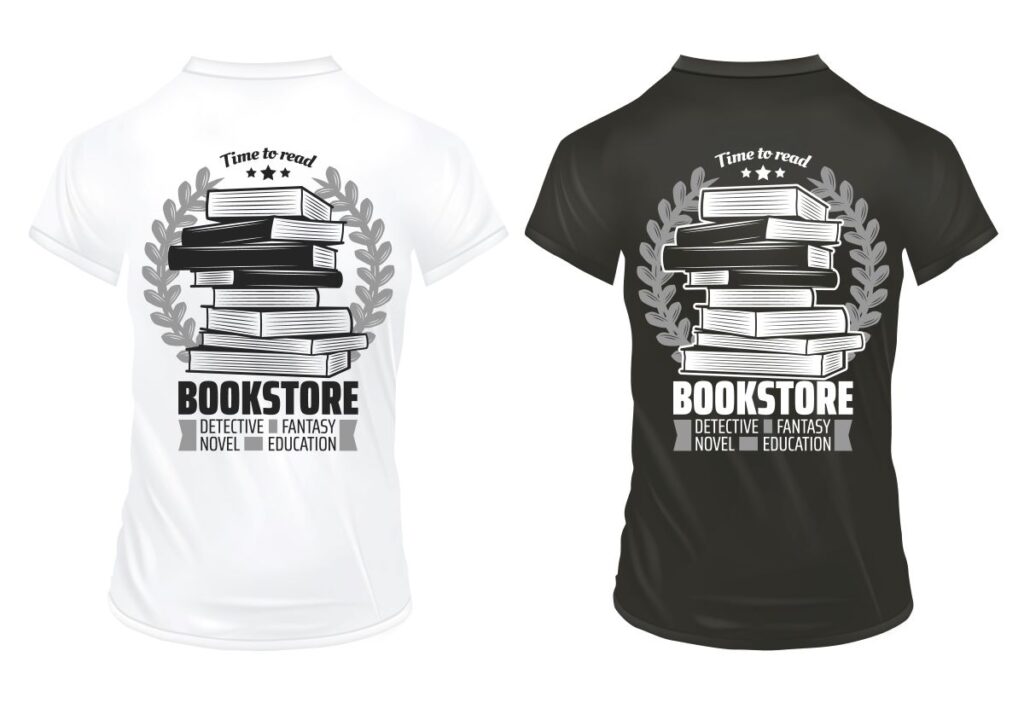In the ever-evolving world of print technology, DTF Gangsheet Builders are truly making waves in the textile printing landscape. This revolutionary method of Direct-to-Film (DTF) printing allows for the seamless transfer of vibrant designs onto fabrics, minimizing waste and maximizing efficiency. With innovations in DTF gangsheet builders, businesses can effortlessly print multiple designs simultaneously, streamlining their production processes and reducing costs. As we delve into the future of printing, it’s essential to understand how such advancements in print technology not only boost productivity but also contribute to sustainable printing efforts. Join us as we explore the significant impact of DTF printing and the exciting innovations that define its trajectory in the market.
The realm of print technology is witnessing a transformation, particularly with the advent of Direct-to-Film (DTF) print solutions, prominently featuring gangsheet builders. These cutting-edge tools are essential for optimizing the workflow in textile printing, allowing print service providers to achieve efficient results with multiple graphics printed on a single substrate. By embracing this advanced printing technology, businesses can cater to the rising demand for custom and sustainable textile printing solutions. Innovations in DTF technology not only promise enhanced aesthetic appeal through vibrant imagery but also strive to meet eco-friendly standards, showcasing a commitment to responsible production practices in the industry. As we navigate this landscape, it’s crucial to recognize the potential of these advancements in shaping a more efficient and sustainable future for printing.
Understanding the DTF Printing Process
The DTF printing process is a meticulous method that allows for vibrant designs to be applied to various textiles with ease. By printing onto a specially coated film, a layer of adhesive is added, which when subjected to heat, bonds the design seamlessly to the fabric. This technique not only enhances color accuracy but also allows for intricate details that traditional methods might struggle to achieve. Businesses involved in textile printing are turning to DTF as a smart solution for creating high-quality prints that captivate audiences.
One major advantage of DTF printing is its agility to cater to custom orders, making it a preferable choice for fashion brands and promotional item producers. With its adaptability to different fabric types, including cotton, polyester, and blends, the versatility of DTF printing has revolutionized how graphic designs are translated onto products. As the printing landscape continues to evolve, the DTF method emerges as a cornerstone of modern textile printing solutions.
Frequently Asked Questions
What are the benefits of using DTF Gangsheet Builders in textile printing?
DTF Gangsheet Builders significantly enhance productivity by allowing multiple designs to be printed simultaneously on a single film, reducing waste and lowering costs. This innovative approach optimizes the DTF printing process, making it an ideal solution for custom orders and small batch productions.
How does DTF printing compare to traditional printing methods?
DTF printing offers advantages like vibrant color reproduction and versatility on various fabrics, unlike traditional methods which often require extensive preparation. The integration of DTF Gangsheet Builders further simplifies the process, making it cost-effective and efficient for businesses in the textile printing industry.
Is DTF printing a sustainable option for printing businesses?
Yes, DTF printing aligns with sustainability efforts through the use of eco-friendly inks that minimize harmful emissions. DTF Gangsheet Builders contribute to this sustainability by optimizing ink use and reducing waste, making it a responsible choice for environmentally-conscious printing businesses.
What challenges do businesses face when adopting DTF Gangsheet Builders?
While DTF Gangsheet Builders offer numerous benefits, businesses must overcome challenges such as ensuring skilled operators who can effectively utilize this technology. Maintaining quality control is also crucial to guarantee the durability and vibrancy of the printed materials.
How can DTF Gangsheet Builders impact the future of printing technology?
DTF Gangsheet Builders are paving the way for the future of printing technology by encouraging creativity and improving output quality in DTF printing. Their ease of use and efficiency makes them attractive to small print shops and hobbyists, which is likely to drive innovation and growth in the textile printing market.
What trends should we expect in the DTF printing market in the coming years?
The DTF printing market is expected to continue its growth, with increased adoption among small to medium-sized businesses. As more companies recognize the advantages of DTF printing and the capabilities of Gangsheet Builders, we can anticipate further innovations in print technology and sustainable practices within the industry.
| Key Point | Details |
|---|---|
| What is DTF Printing? | DTF printing transfers designs onto fabrics via a special film, producing vibrant high-quality images, especially for small batches and custom orders. |
| Innovations in DTF Gangsheet Builders | Gangsheet builders allow multiple designs to be printed on a single film, increasing productivity and reducing waste. New software advancements make integration user-friendly. |
| Market Growth and Adoption | DTF printing is rapidly being adopted across various sectors due to its efficiency and cost-effectiveness, changing how businesses manage their printing needs. |
| Sustainability Efforts | DTF printing aligns with sustainability due to eco-friendly inks and optimized usage, appealing to environmentally conscious consumers and improving brand image. |
| Challenges and Considerations | The industry faces challenges such as the need for skilled operators and maintaining quality control, which requires companies to invest in training and processes. |
Summary
DTF Gangsheet Builders are redefining the future of printing technology by enhancing productivity, reducing waste, and promoting sustainable practices. As DTF printing gains traction across various industries, businesses are presented with unprecedented opportunities to innovate and adapt to market demands. By leveraging the capabilities of DTF technology, companies can offer vibrant, high-quality printing solutions that resonate with consumers’ increasing preference for eco-conscious options. As this dynamic landscape continues to evolve, it is essential for businesses to explore the advantages of DTF printing and integrate these advancements into their operations for a sustainable and competitive edge.



